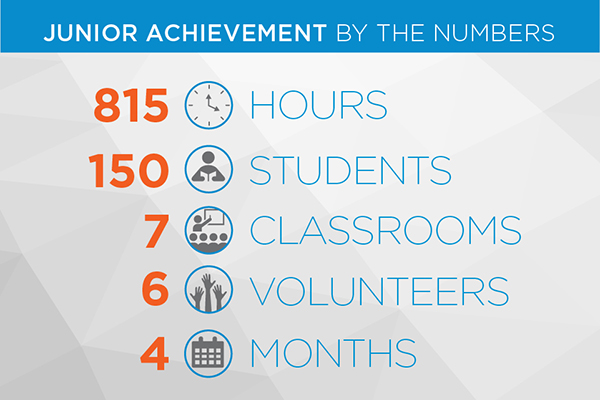Y-12 Blog

In 2015, Y-12 firefighter Ryan Ladd’s daughter, Kennedy, was diagnosed with Hurler syndrome (MPS 1), a rare genetic lysosomal storage disease. Life for Ladd, Kennedy, and Allie (his wife) has been busy since as they have shared with others the need for research on MPS and welcomed Lincoln, their now 2 year old who also has MPS 1.
Children with Hurler syndrome are characterized by skeletal abnormalities, cognitive impairment, heart disease, respiratory problems, enlarged liver and spleen, characteristic faces, and reduced life expectancy. Patients live life in and out of the hospital and will endure many surgeries. Without treatment, kids with Hurler syndrome have a life expectancy of 5 10 years of age. There is no cure.
Ladd wanted to surprise Allie with a fun trip — somewhere besides Cincinnati and its children’s hospital. He chose New York City, and while they intended to educate others about MPS 1, what neither of them expected was the platform they got to share their story on: NBC’s live TODAY show.
At the time, the couple had no idea their story would be shared multiple times. “We didn’t even comprehend we would get to say ‘MPS 1’ on national TV! Allie’s makeover went viral, and we are grateful,” Ladd said. “We were interviewed by our local NBC station (WBIR), and we gained followers, prayer warriors, and donors on our journey to hopefully find a cure. We need a cure, and with awareness, comes a cure!”
The Ladds ask for your help to educate others about MPS 1. “Tell someone about MPS,” said Ladd. Learn more about the disease from the National MPS Society.
“Something easy everyone can do is to wear purple on Rare Disease Day, February 29, and on MPS Awareness Day, May 15,” he said. “We are so grateful for the love and care that has been shown to our family through this journey. We have been so blessed by donations, vacation donation, messages, and support. We are forever grateful and so appreciative of the love that has been shown by all of our Y-12 family.”
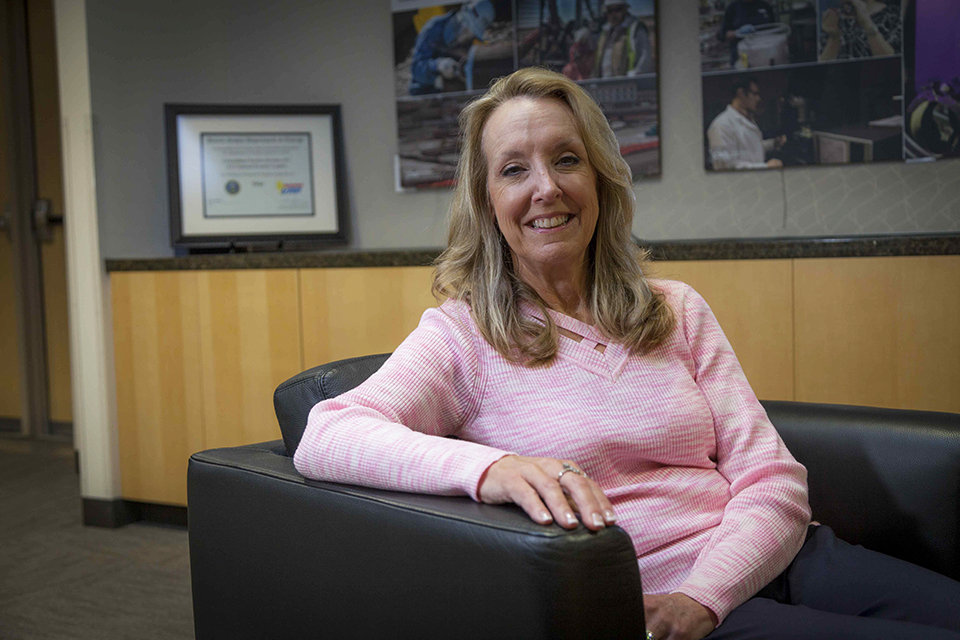
With 811 acres spanning 2.5 miles more than 6,000 personnel. You might wonder who tracks all those people and corresponding vehicle traffic on site. Well, it’s actually a council of representatives from various departments who are tasked with bringing integration and decision making to site wide activities and projects that impact the development and utilization of site infrastructure, facilities, and/or plant personnel. And the chair of that council is Jane Nations, Y-12 site master planner.
Nations has worked at Y-12 for more than 25 years. She has a degree in electrical engineering but loves what she does planning for Y-12’s future, and working with drawings and plans. She started out in the Condition Assessment Survey Group, then moved on to become manager of the CAS and Facility Information Management Systems, space management, and served as the Y-12 Energy manager. She eventually made her way to her current role, where she also serves as chair of the Site Planning Council.
SPC was first organized in 2007, but the heavy influx of personnel in the last 18 months has kept the council busy. Recent projects such as the Uranium Processing Facility, Mercury Treatment Facility, and Biology Building demolition has brought in so many new employees that buildings and parking spaces became congested quickly.
“The Site Planning Council is a forum to address and track site wide issues and concerns, including impacts to the protected area resulting from UPF and the West End Protected Area Reduction projects,” Nations said.
In terms of office space, Jack Case Center is at currently at 108% capacity. New Hope Center, Building 9110, the guard headquarters, and HEUMF are all at or above capacity. Parking is also limited around the site.
“We are working hard to improve the congestion felt on site, in the buildings, and in the parking lots. We are developing some guidelines to help manage office space and are working to identify additional parking spaces, but we have limitations when it comes to security and mission needs,” Nations said.
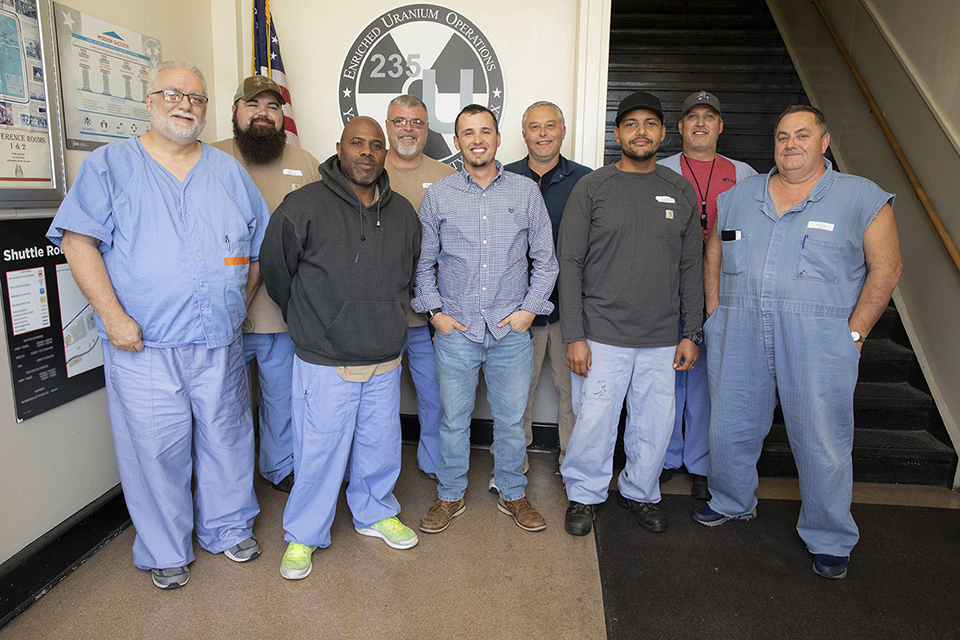
All employees have a role in meeting the Pantex and Y-12 mission, but it’s easier to see that role when you hear about how it all comes together. Take the FY19 record-setting year for Y-12 in purified metal production. For the year, 512 kg of metal was produced, exceeding the goal of 500 kg — the highest of in specification material produced since 1992.
There were many teams working to meet the goal and then striving to surpass it. It comes as no surprise that working in 70 year old buildings is tough.
Glen Culver of Enriched Uranium Production said, “When you’re processing material in an old facility and have to apply the appropriate and different rules for each discipline, it can get tricky. One item can have nuclear criticality safety rules, another have nuclear materials control and accountability rules, and another item have waste management rules. It doesn’t matter what type of rules; they all have to be met.”
Culver’s teams (the reduction team just one of them) receive and process highly enriched uranium salvage to an accountable state. “The teams prepare the material for one of three paths: process in wet chemistry and make uranium metal, prepare it for long-term storage, or discard it as low-level waste,” he said.
When their coworkers on the UO3 and UF4 teams experienced challenges, it filtered down to Culver’s crews, causing them to be delayed in making uranium metal.
“Once the UO3 and UF4 teams resolved their challenges and had produced enough feed (UF4),” Culver said, “our group had a short timeframe to meet the FY19 deliverable of 500 kg of metal.”
But meeting the goal is what they did. “If we didn’t have a team that believed what they did was important and went out and made things happen,’ we wouldn’t have met the goal. Teamwork is what EUO is all about,” he said. “The work is essential to our nation, and we take that to heart and always aim for success.”
Because Culver’s teams are also responsible for disposition of enriched uranium materials, there are many additional forms of material that the teams process during the year. They have to balance what works across the year, and in FY19, they delivered again, meeting or exceeding all milestones for the Material Recycle and Recovery Program.
Eric Sampsel, Material Recycle and Recovery Program manager said, “Without processing these materials in a timely manner, 9212’s operations would rapidly run out of space for delivering on its multiple missions.”
As work gets underway for this calendar year, the team is prepared to support CNS and the nation while getting EUO ready for the Uranium Processing Facility.”
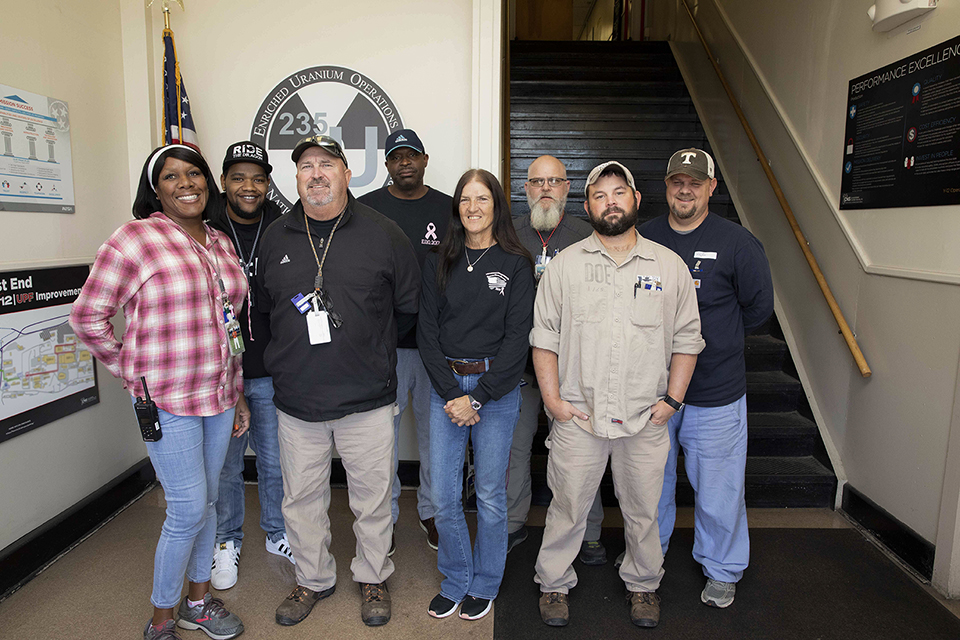
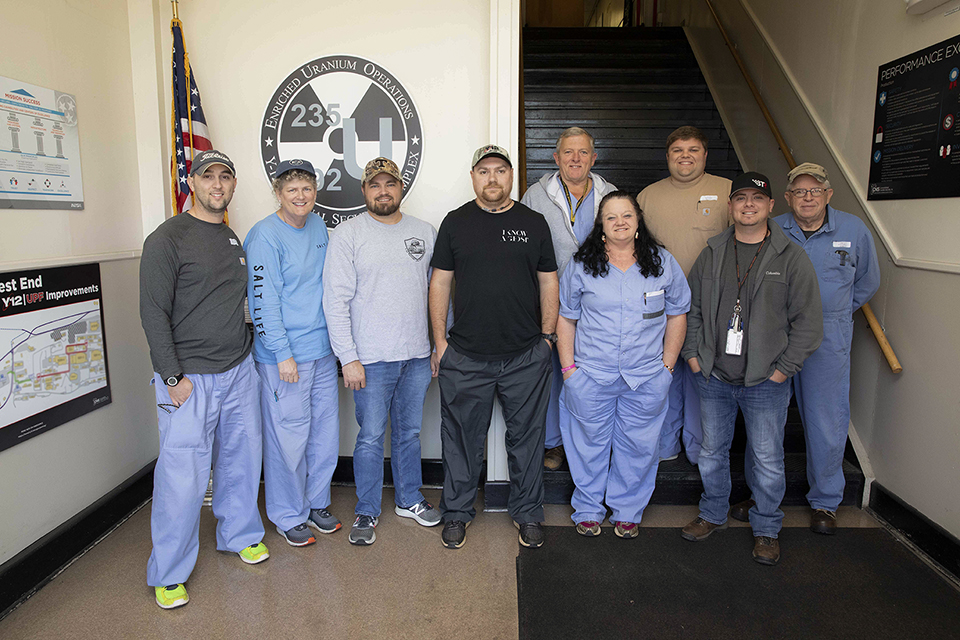
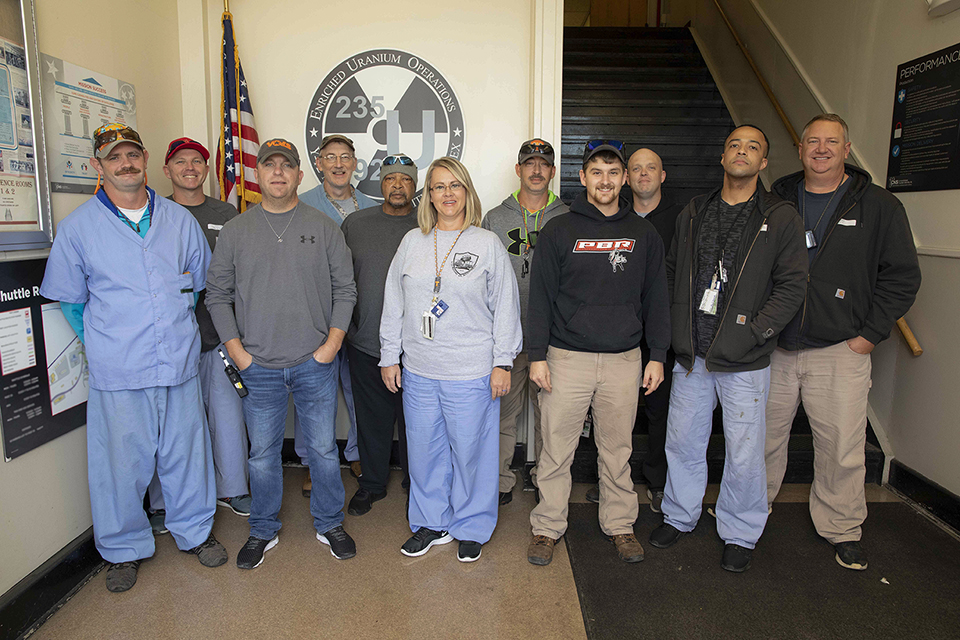
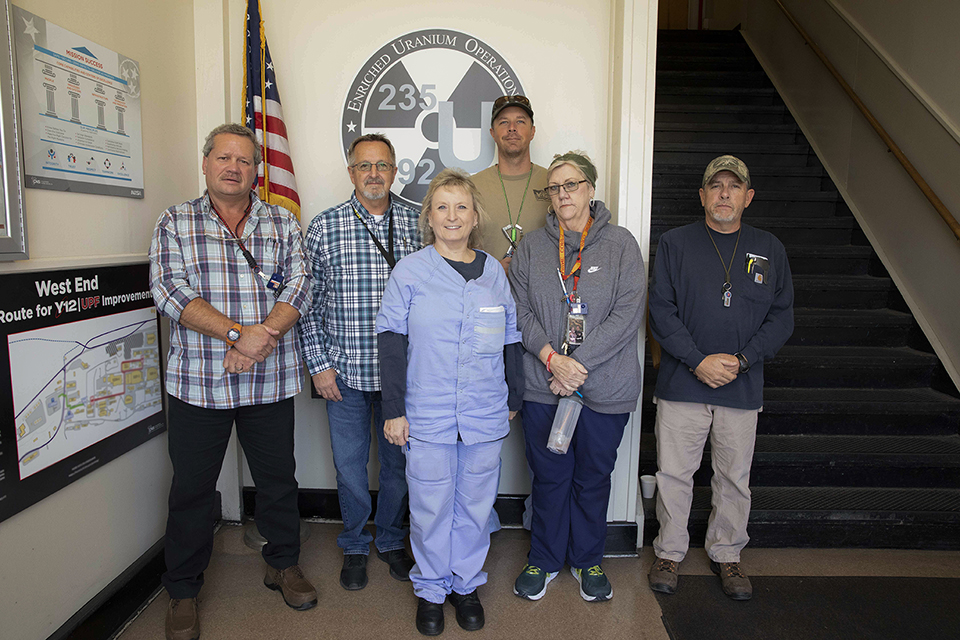
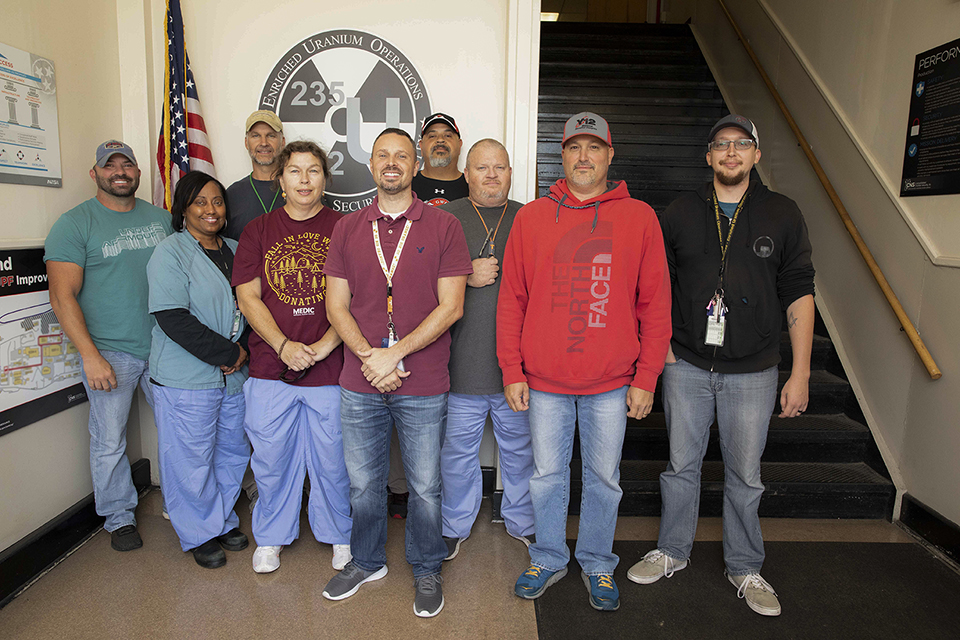
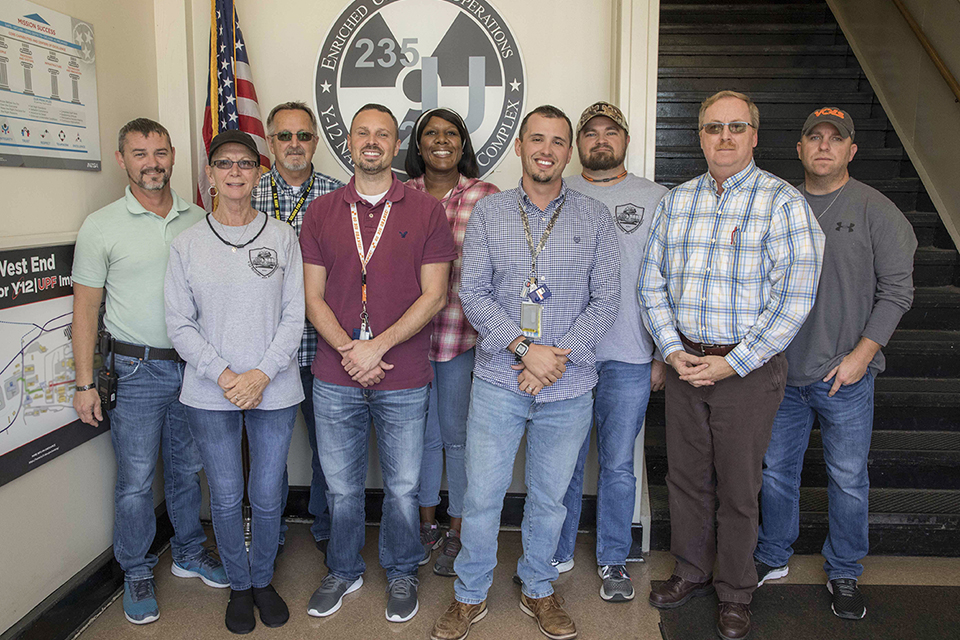
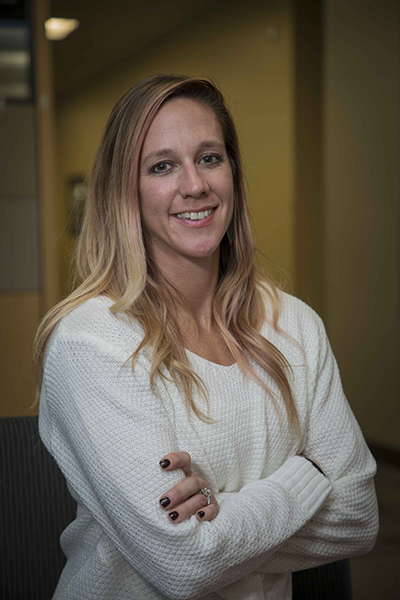
Y-12 employee Meghann Parrilla was named a 2019 40 Under 40 honoree by Knox.biz magazine. |
Pacesetter Meghann Parrilla is making her mark on her workplace and community. For this reason, Knox.biz magazine recently named Parrilla a 40 Under 40 honoree, selected for her leadership, innovation, service, and drive.
As a volunteer gym coach, Girl Scout mentor, and leader at the Y-12 National Security Complex, Parrilla has one goal: make a difference.
“I love being that encouraging voice to adults and youth, motivating them to accomplish goals they thought were challenging or impossible,” she said. “It doesn’t matter whether that goal is achieving one pull-up, learning wilderness survival skills, or completing a tedious risk assessment.
“It’s important to me to help someone in their growth as an athlete, young lady, employee, or all-around person.”
Parrilla, employed for 11 years at Y-12, serves as a team lead in the site’s Safeguards and Security organization. Her group analyzes the Y-12 security protection strategy against policy- defined threats. She oversees the development of a vulnerability assessment report to advise senior leaders on the most efficient and effective site security strategy.
She and her team developed a process to identify and document the impact an insider threat could have on Y-12’s protective posture. The Department of Energy and National Nuclear Security Administration designated this process as a best practice for the Nuclear Security Enterprise.
For her leadership, DOE recognized her as the outstanding contractor security professional of 2017, and NNSA honored her with the 2017 Bradley A. Peterson contractor security professional of the year.
“These awards and the 40 Under 40 honor validate us a group,” said Parrilla, who started her Y-12 career as a security police officer. “I work with a great group of people, the best security professionals in the Nuclear Security Enterprise. They are just as deserving of these recognitions as I am.”
| Parrilla's work tips |
|---|
|
That team approach carries over to her community service work. As a Girl Scout mentor, she inspires troop members at St. Mary’s School in Oak Ridge to take a girl-led approach to serving their community.
“One project the girls choose to do every year is to wash and clean Barbie dolls that have been gently used and reclothe and accessorize them,” she said. “They then give the dolls as Christmas presents to children who wouldn’t otherwise receive gifts.
“It’s important to provide opportunities for these girls to step up and lead,” she said. “I want to instill in them responsibility, respect, kindness to others, and a commitment to integrity.”
As a volunteer coach at Secret City CrossFit, Parrilla developed and teaches fitness programs for kids, teens, and adults. She also organizes an annual workout event to raise funds for local families financially burdened by cancer treatments or loss.
“Now that we’ve conducted this fundraiser for a few years, area businesses are coming forward and asking how they can help,” she said. “I love organizing and watching something come together and grow. That’s what I’m good at.”
Parrilla and other 2019 40 Under 40 recipients were featured in Knox.biz magazine and honored at a gala in January.

Have you ever tried to teach a six-year-old about business, economics, entrepreneurship, or ethics? What sounds like an impossible task is exactly what six Y-12 volunteers did through the Junior Achievement of East Tennessee program. For 100 years, Junior Achievement has been giving kids the real-world skills and knowledge to be 100% ready. For work. For financial success. For life. For the future.
One Y-12 employee decided to jump in and get involved after she learned about the need for volunteers. “I knew I would love to get involved; however, I was always hesitant to just make that leap and sign up,” she said. “Finally, I took a leap and did something I had been wanting to do for a while.”
Junior Achievement volunteers, in cooperation with the teacher, lead structured activities and discussions on work-readiness, entrepreneurship, and financial literacy skills. Volunteers who teach in the classroom provide students with positive adult role-models. These volunteers also impact students through building self-confidence, developing skills, and offering encouragement needed to promote a learning environment and healthy bonds.
She chose a first grade class at Clinton Elementary School and taught them throughout the fall semester, once a week for eight weeks.
“The kids were able to learn about needs, wants, businesses, and communities. The students created their own business, drew an advertisement to market their business, took in a customer, and were ‘paid’ for their services,” she said. “At the very end, they could turn in their ‘salary’ for a fun snack mix that they got to create.”
Junior Achievement’s mission is to inspire and prepare young people to succeed in a global economy. Their hands-on, experiential programs teach the key concepts of work readiness, entrepreneurship, and financial literacy to young people all over the world. Today's East Tennessee students are tomorrow's CEOs, entrepreneurs, innovators, and game-changers.
This new volunteer encourages other Y-12ers to jump in, volunteer, and help empower and teach the next generation. “It was a far greater experience than I could have ever imagined and highly encourage anyone who is hesitant to just take the leap and get involved.”
